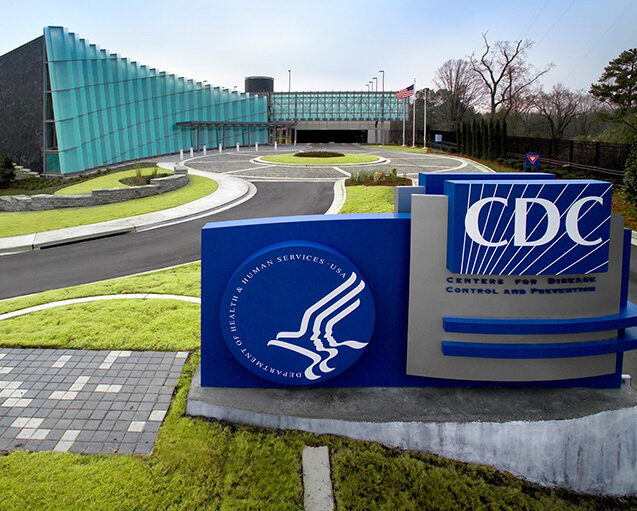The Centers for Disease Control and Prevention (CDC) has long been working to address vision and eye health through national health policy goals. In 2005, the CDC established the Vision Health Initiative (VHI) to coordinate national efforts around preventing vision impairment and vision loss through eye diseases and to improve the nation’s vision and eye health using a public health approach involving key national, state, and community partners. In its 2016 report, Making Vision a Population Health Imperative: Vision for Tomorrow, the National Academies of Sciences, Engineering, and Medicine specifically names the CDC’s VHI as vital to facilitating needed surveillance, public health research and interventions, and building state and local capacity to address vision and eye health at the community level.
As part of the National Center for Chronic Disease Prevention and Health Promotion at the CDC, the VHI conducts core public health functions such as:
- Tracking state-level data on vision loss and eye disease,
- evaluating variances across subgroups and demographics, and
- implementing findings into evidence-based public health interventions designed to complement state and community level interventions around chronic disease prevention, aging, child health, and health promotion efforts like smoking cessation and preventive care.
The VHI recognizes that vision impairment and eye disease have considerable personal and economic consequence in the United States, and that these problems will only increase as our population ages, as chronic disease rates increase, as access to care decreases, and as health care costs rise.
Federal Funding for Vision and Eye Health
In order to accomplish its work, the VHI needs a steady and reliable stream of funding allocated through the annual federal budget and appropriations process. It is estimated that the VHI needs at least $5 million to conduct surveillance, epidemiology, and research that will form evidence-based, interventive public health policies and practices through state and community partnerships. Part of the funding will go towards collecting data through public health surveillance instruments while other funds are needed to provide states and communities with funding to address the needs of their citizens.
Advocacy for the Vision Health Initiative
Prevent Blindness has long advocated for funding to the CDC’s Vision Health Initiative (VHI) because it enables work that is essential to guiding and improving public policy, implementing the right program interventions, and delivering critical sight-saving information to the public. Securing increases to the CDC’s VHI through the annual federal appropriations process is a top advocacy priority for Prevent Blindness, and is typically a key feature of our annual Eyes on Capitol Hill advocacy agenda.
Resources for Vision and Eye Health Advocacy
Prevent Blindness continues to analyze federal appropriations and spending policies for implications to vision and eye health patients.
- Analysis of Vision and Eye Health Policies in President Biden’s FY 2022 Budget Request
- Vision and Eye Health at the CDC Fact Sheet
- Vision and Eye Health in the United States
- Glaucoma Prevention at the CDC
Information Resources
- CDC Vision Health Initiative
- CDC Fact Sheet: Looking Ahead – Improving Our Vision for the Future
- CDC State Profiles on Vision and Eye Health – Find out your state’s prevalence estimates of vision loss and blindness based on available data

